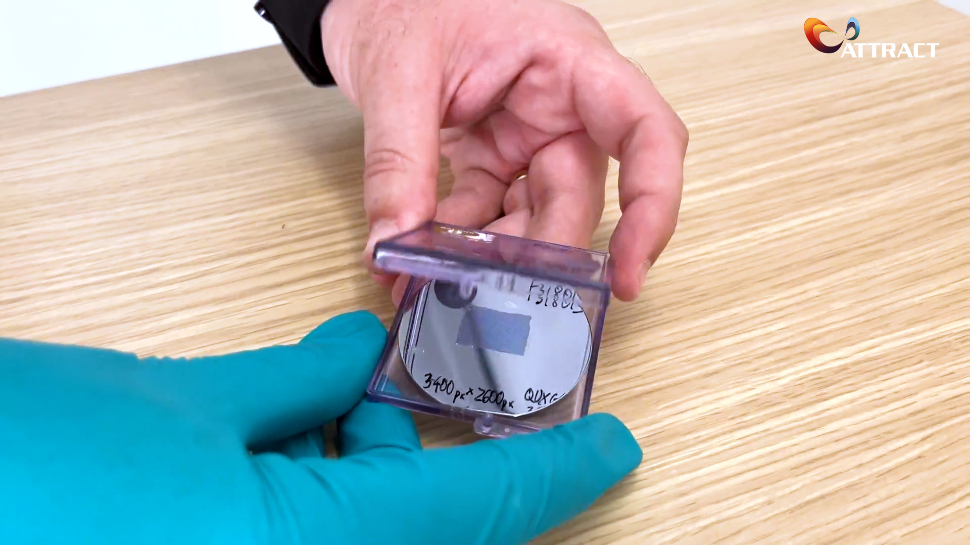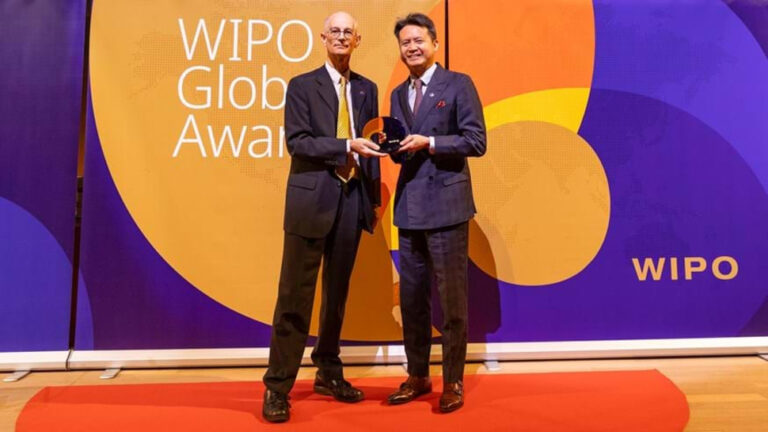MEGAMORPH is one of the 18 R&D&I projects that received funding from ATTRACT phase 2, and its purpose is to develop evaluation kits that will integrate graphene Micro Electromechanical Systems (MEMS) to showcase them and get radical commercialization of this technology that will bring the price reduction of CVD (chemically-vapor-deposited) graphene.
This project is coordinated by SCALE Nanotech, a digital startup that provides R&D and consulting services, in partnership with CIN-ergy, Graphenea Semiconductor, Morphotonics and VividQ, and it will help establish the steppingstone for commercialization of such display technology for many applications.
MEGAMORPH is a follow-up of the GIMOD project from ATTRACT phase 1, in which the consortium fabricated the first graphene interferometric modulator display prototypes.
Get to know more about this project through an interview with Santiago Cartamil, coordinator of MEGAMORPH.
What is the project about? And which partners are involved?
MEGAMORPH is a high-risk, high-profit R&D project with an innovative approach to management. GMOD, or Graphene MODulator, is a breakthrough technology that exploits the incredible properties of graphene to make the ultimate reflective displays for AR, VR, and more.
GMOD displays narrow the gap between e-books and solid-state technologies like a Micro LED while getting the best from the two worlds: full-colour video-ready displays with ultra-high resolution that use sound light or ambient illumination to work at low power conception. And together with Graphenea Semiconductor, Morphotonics, CIN-ergy, and VividQ, we will make evaluation kits with GMOD displays, showcase them, and get radical commercialization of this technology.
What challenges have you faced so far?
At MEGAMORPH, we are combining several technologies from different fields and their integration into a unique combination of them. It’s quite challenging. We had to discuss with different partners and make sure that they were talking to each other and getting on the same page so that we could move forward. And that requires several iterations for this process.
And, while we faced all these obstacles, we always found the creative ideas, uh, how to move forward. We need to make evaluation kits which require integrating several sub-components and assembling them into a functional system, even if it is basic, it has to work. It’s going to be so much fun, but at the same time, so tough to make it for the first time.
How would you explain the potential implications of this breakthrough to a non-scientific audience?
Imagine yourself on a sunny day. You will get your phone and use it to visualize a map to get directions, maybe while driving your car or going on foot. And you will see that the sunlight will reflect off the screen and prevent you from seeing what is on the screen, and you will increase the brightness to its maximum. Maybe still don’t get to see what is on the screen, but surely you will start using so much energy and maybe you will drain the battery of your phone before you get to the direction. GMOD will solve a common problem like this one, but also it saves energy in general for all kinds of displays. So, together with other innovations, we see that this will impact society largely.
How do you think society will benefit from this project?
I believe that GMOD is the ultimate solution to any kind of display and imaging technology. I think most of the display technologies you have now in the market, are just there because they arrived first, but no one truly cares if these technologies were better or good for the environment. GMOD saves a lot of energy and will also not use contaminating materials. Besides the actual specifications that bring to the table GMOD technology that is ultra-high resolution with pixels that are extremely small to enable the AR, VR next generation resource.
For more information
Visit the MEGAMORPH project site.


